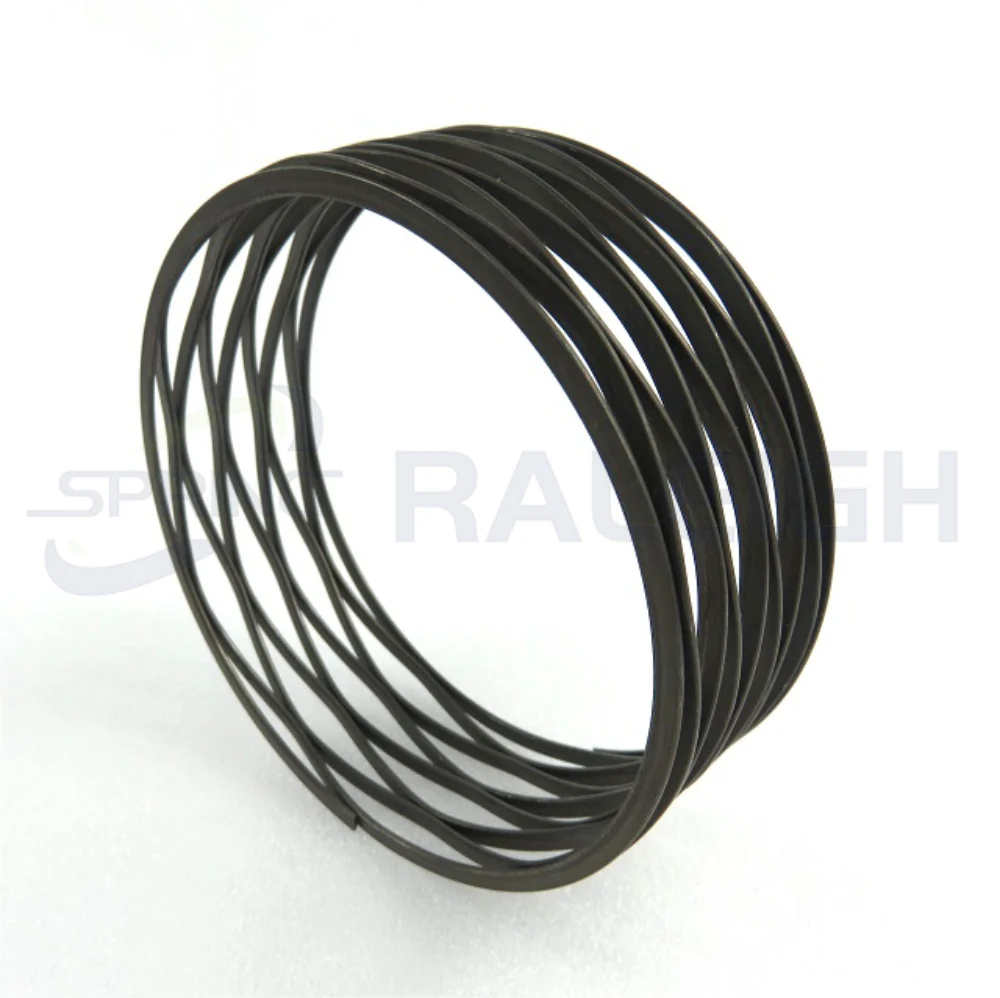Wave springs, also referred to as wave washers, are thin metallic ring-shaped elastic components featuring a series of crests and troughs. They are typically used in applications where both load and deflection are relatively small, lower spring stiffness is required, and axial preload needs to be applied. Wave springs are particularly suitable for applications with strict space constraints and where weight reduction is critical. Typical fields of use include aerospace, precision machinery, hydraulic sealing, and electric motors.

Classification
1. WS Series Wave Springs
The WS series consists of continuously coiled wave springs with alternating crests.
Feature: Provides the required spring force in a very small installation space.
Advantage: Saves up to 50% of the space compared to conventional cylindrical coil springs.
2. WSS Series Wave Springs
The WSS series is a variation of the WS type with flat ends on both sides.
Feature: Offers all the benefits of WS series springs.
Advantage: The flat ends act like integrated washers, ensuring more uniform force distribution. Especially suitable in cases where end surfaces contain holes that could otherwise allow WS wave crests to sink in during operation.
Main Functions of Wave Springs
1. Motion Control – e.g., valve springs in internal combustion engines, control springs in clutches.
2. Vibration and Shock Absorption – e.g., buffer springs in vehicles, vibration-damping springs in couplings.
3. Energy Storage and Release – e.g., mainsprings in clocks and timers.
4. Force Measurement – e.g., measuring devices, spring scales.
www.raleigh-springs.com
Raleigh Spring Technology Co., Ltd.
